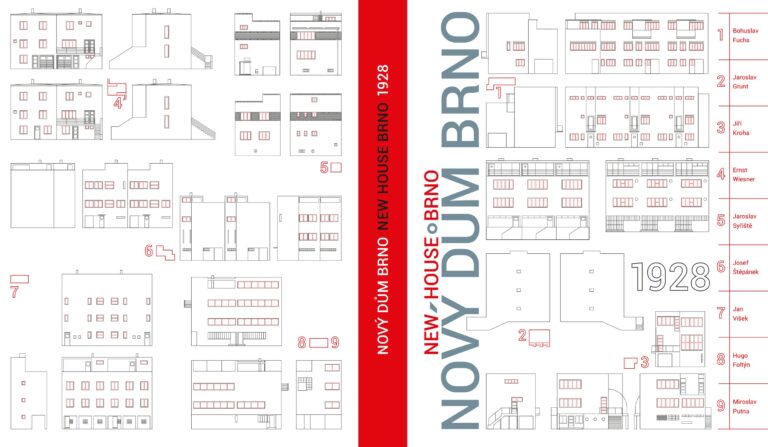CHATRNÝ, JINDŘICH; ČERNOUŠKOVÁ, DAGMAR; BORSKÝ, PAVEL (EDS.).
In 1928, to commemorate the tenth anniversary of Czechoslovakia’s independence, the Exhibition of Contemporary Culture was held on Brno’s newly constructed fairgrounds. This exhibition also included an exhibition of modern housing in the form of the New House estate – sixteen family homes built by the Wilson Woods in Brno-Žabovřesky that immediately upon construction became one of six important European housing estates built in 1927–1932 in Stuttgart, Brno, Breslau/Wroclaw, Zurich, Vienna, and Prague. Brno’s New House exhibition was the first exhibition of its kind in interwar Czechoslovakia and the second in Europe (after the Weissenhof Estate in Stuttgart) and significantly influenced the later construction of the Baba Estate in Prague.
Chatrný, Jindřich; Černoušková, Dagmar; Borský, Pavel (eds.). Nový dům Brno / New House Brno / 1928, Brno 2018
The book is currently sold out.

